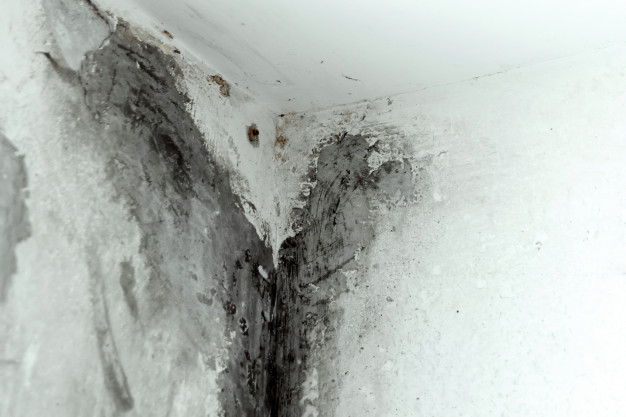Types of Kitchen Molds and How to Get Rid of Them

Molds and other forms of fungi typically thrive in humid and dark environment. Known for infesting a lot of homes nowadays, it is important for you to keep your kitchen well-maintained to keep these nasty creatures away. Letting mold accumulate in certain parts of your kitchen can result in developing respiratory diseases as well as triggering allergies.
Now, most of you might already be wondering how you could eliminate mold in your kitchen. But before that, you must be aware that molds are classified into three categories: pathogenic, toxic, and allergenic.
Pathogenic Molds
If you’re familiar with the term pathogen, this is exactly what it can do – to produce diseases. Having your home infested with pathogenic molds is highly dangerous, especially if you or somebody in your home has a weak immune system.
Toxic Molds
These are molds that are capable of producing poisonous chemicals known as mycotoxins. Getting rid of toxic molds can be very tricky and would usually require professional help since mycotoxins are notorious for being a fatal agent for any living organism, be it on humans or animals.
Allergenic Molds
Allergenic molds can affect people who are highly susceptible to mold allergens. Fortunately, they can be killed with disinfectants once proper measures are applied.
Getting Rid of Molds
To help you combat these microorganisms that could harm your household, here are the best DIY anti-mold agents that you can prepare right now:
Chlorine Bleach – Any kind of chlorine bleach will work. Application of chlorine bleach is an absolute bane for all types of molds, though make sure that you dilute it first since it can be quite harsh to use.
Hydrogen Peroxide – Unbeknownst to some people, hydrogen peroxide isn’t just designed for keeping things white. It is also potent in killing molds and is not as harsh as chlorine bleach.
Borax and Baking Soda – Another term for sodium bicarbonate, baking soda as well as borax contain high pH that hinders the growth and accumulation of molds. Mix them both in water, and you have an agent that is non-toxic and cheaper compared to other agents in this list.
White Vinegar – It is always better to go for the distilled ones. White vinegar possesses acidic properties that enable it to destroy the structure of the mold, killing it in the process. Similar to baking soda, white vinegar is non-toxic, but you may need some thorough cleaning afterward as mold stains can still linger in the surfaces even after its application.
Necessary Materials Needed for Applying These Agents:
- Scrub brush
- Spray Bottle
- Rubber Gloves
Final Takeaway
In case your home’s mold infestation already covers an area of 10 or more square feet, it is better to ask the advice of a professional. Reaching out to a local health department can be the best first step if you don’t know what to do.
Are you in need of a kitchen remodeling contractor? Then you should check out Mr. Cabinet Care! Our company has been voted “Best Kitchen Remodeling Company” 13 Times. If you’re interested in upgrading the look and functionality of your kitchen to the next level, contact us today at (714) 961-1900 or visit our website www.mrcabinetcare.com/


